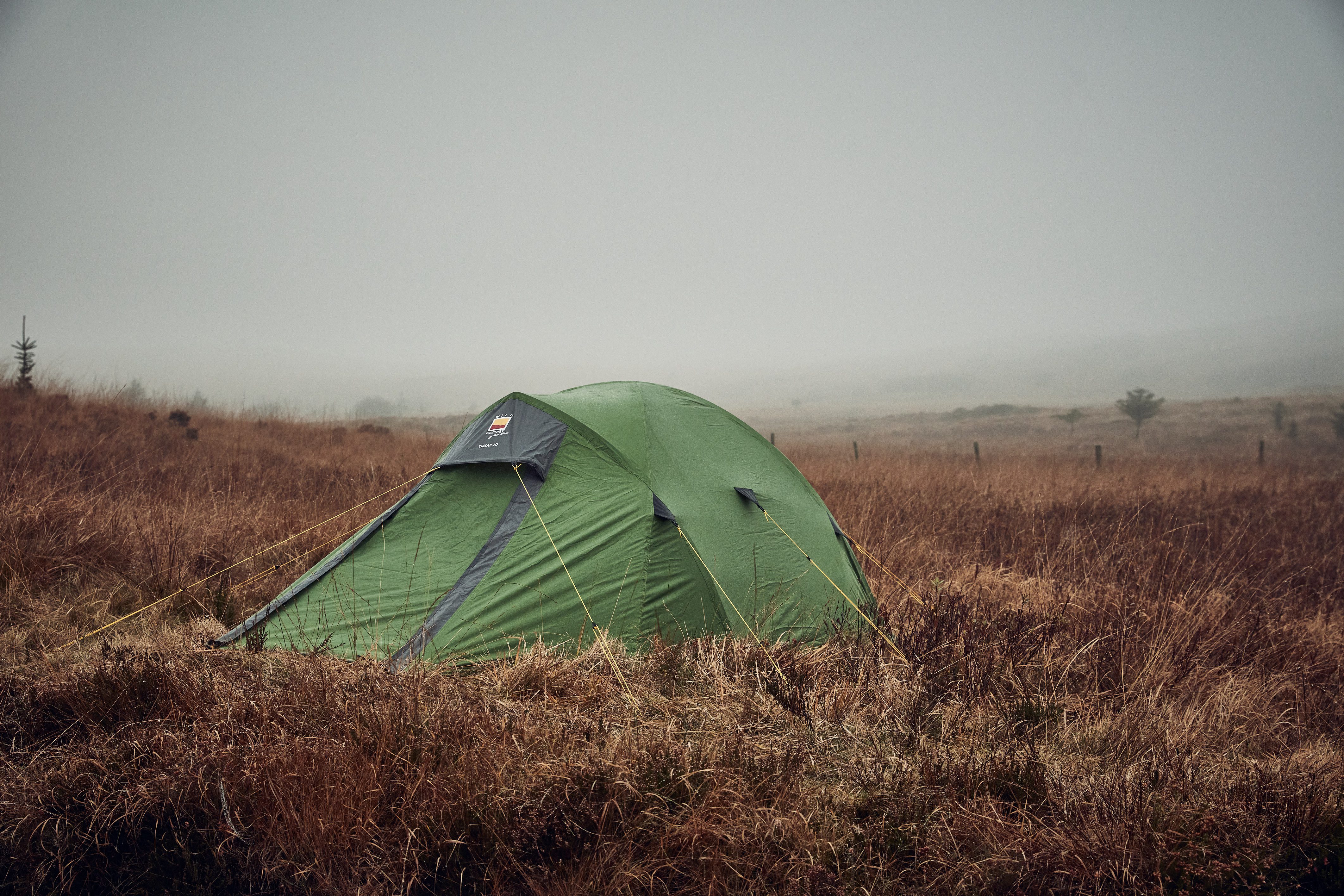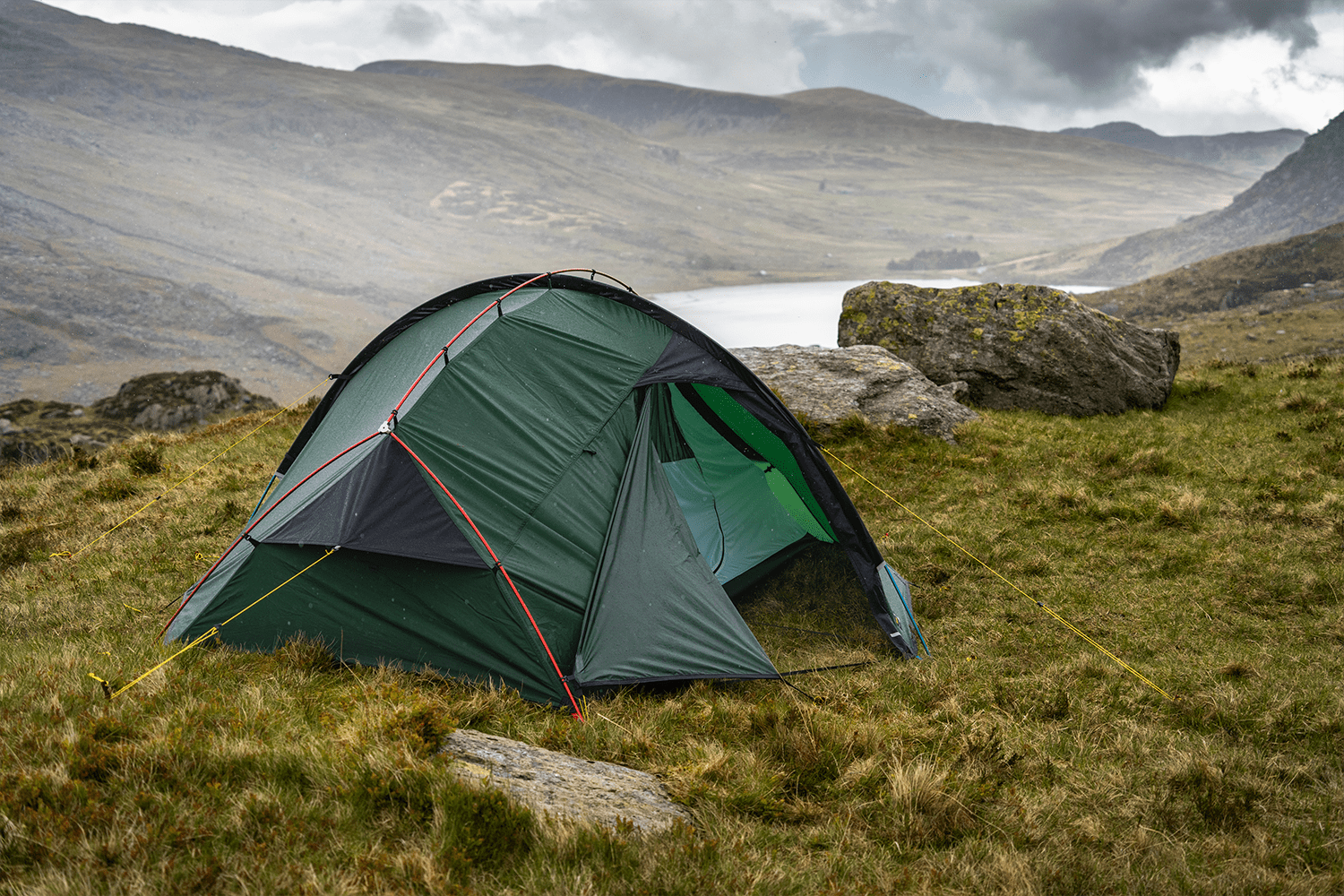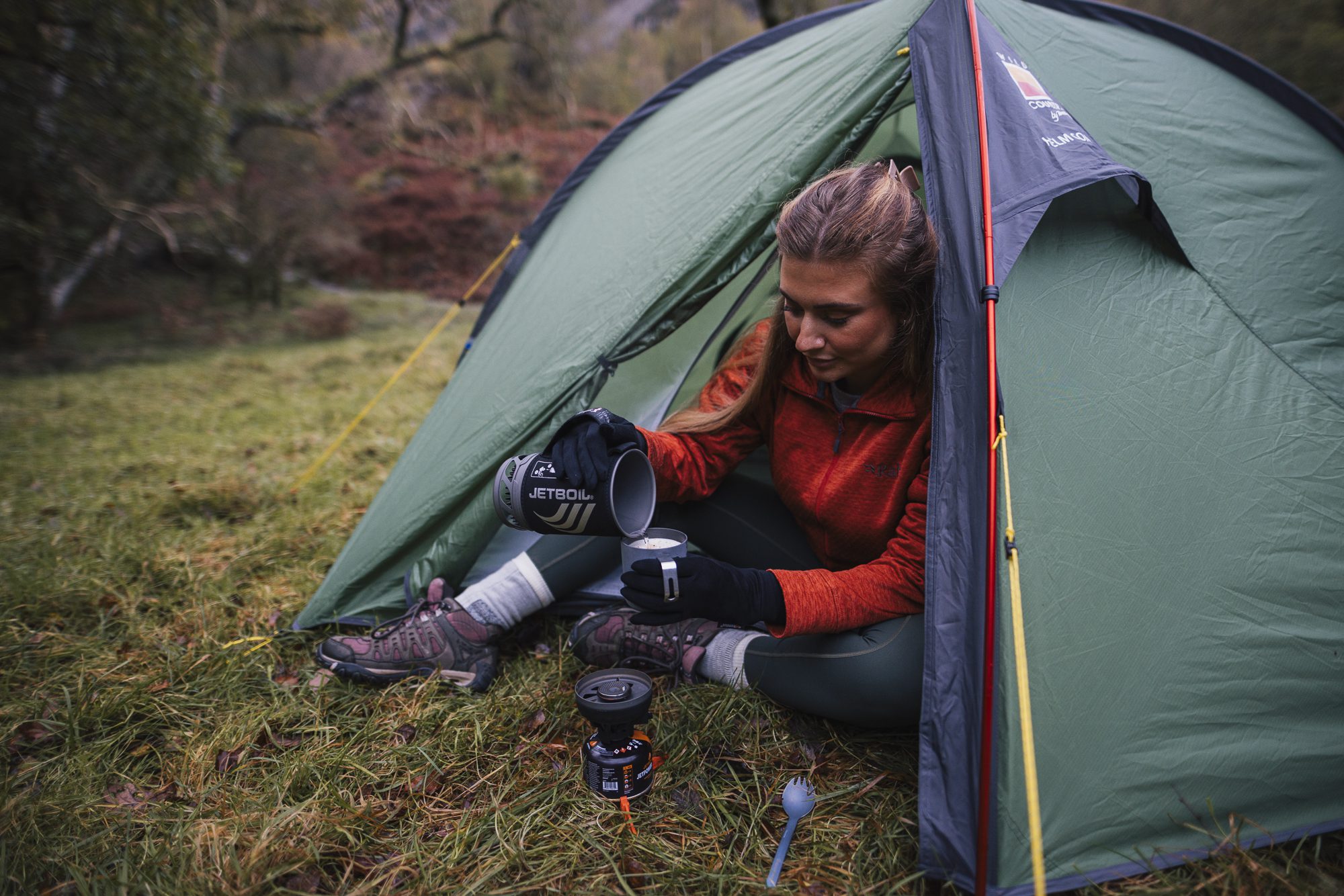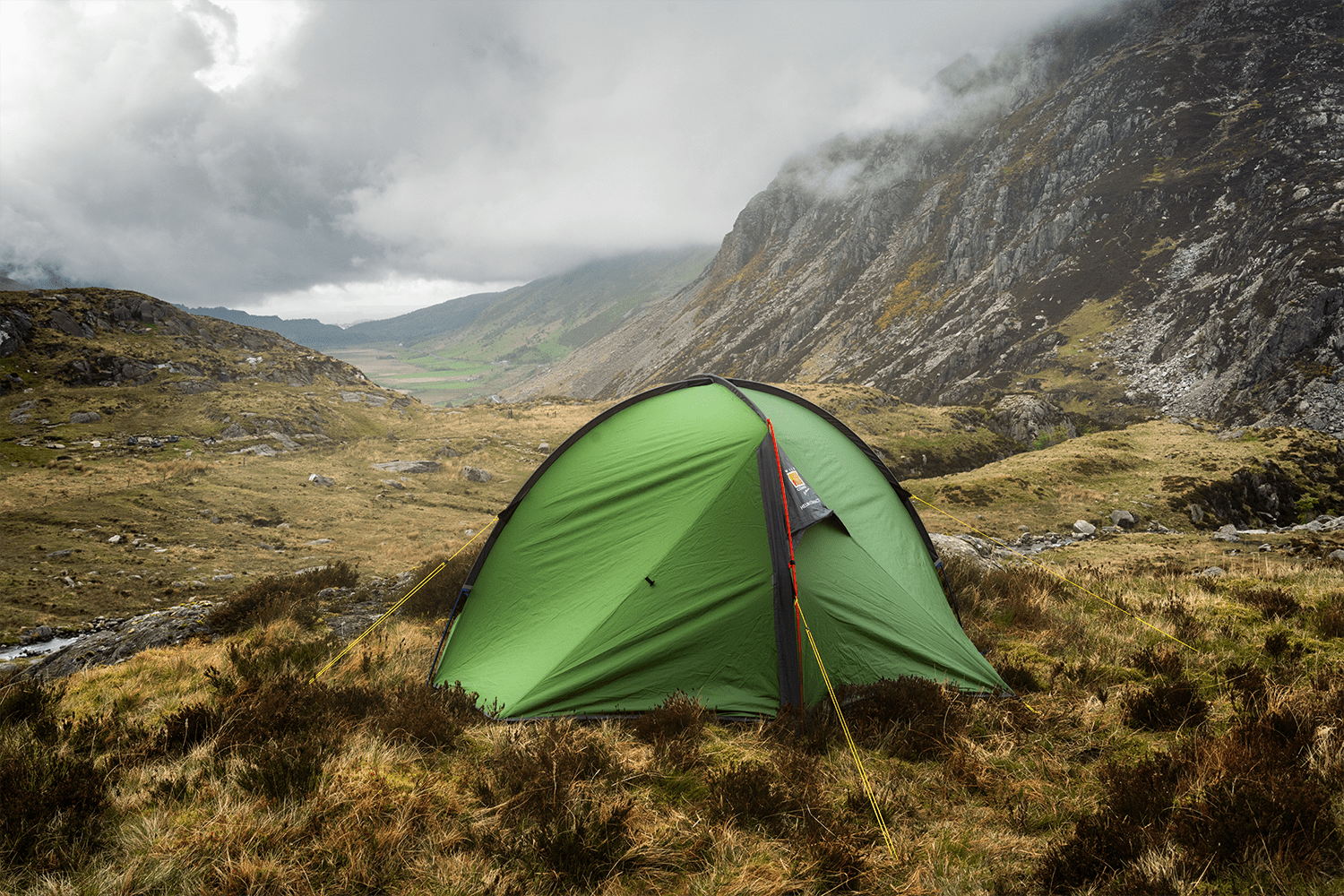Wild Camping is an amazing way to disconnect and truly immerse yourself into nature. However, the outdoors can be incredibly unpredictable with weather conditions changing in an instant. Knowing how to prepare and handle harsh conditions can make all the difference to making it an enjoyable and safe adventure.
Preparing for potential adverse weather is crucial and should be prioritised when arranging any wild camping trip. So, whether this is your first wild camp or your 100th, here are a few ways you can make sure you are prepared for if you end up camping in bad weather.
Before you head out, check the weather forecast along your planned route and where you intend to camp. If this is your first wild camp, we would advise picking a route that is familiar to you and heading out in calm conditions.
When checking the weather, keep an eye out for potential storms, temperature drops and other adverse conditions. Use apps such as weather.com that provide real-time updates of your location. Being informed will allow you to make a better decision about whether to continue your trip or change it to another date.

When it comes to choosing the right tent, it is important to know what you want from your shelter. If you plan to camp all-year-round, a specialised 4-season model is a must.
A 4 -season tent offers more durable fabric, a stronger structure, and cleverly designed ventilation to keep the warmth inside. The flysheet should also be lower to the ground to keep out any snow, rain and gusts of wind to keep you protected. In high winds, consider choosing a tent with a low profile design that can offer peak stability and protection in these conditions; take time to secure your tent by using additional guylines to anchor your tent and always opt for strong pegs!
Check out some of our trusted 4-season tents.

If this is your first time out in your new tent, we suggest pitching it up at home first so you can get to grips with the configuration. Still not sure what tent is right for you? Check out our blog ‘3-season vs. 4-Season tents – Which to Choose?’
When you are out in the wilderness, you need to carry layers to keep yourself warm on the inside and protected from the elements on the outside. Layering for the weather conditions is key to adapting to the ever-changing temperatures when you’re hiking and camping. Start with a quick-drying base layer, followed by a mid-layer fleece (merino wool is an ideal due to its warmth and breathability) and finish with an outer layer. Outer layers come in many variations, so we advise having a separate insulating coat for warmth, and a waterproof and windproof layer to stay dry. This way when you start out at the bottom of the mountain, you can keep your coat in your backpack and whip it out when you reach the summit and the temperature drops.
When you get into your tent after a day hiking, we having a dry change of clothes is a must. Trying to sleep in wet kit is not fun, trust us!
Remember to never skrimp on hats/gloves/socks. Keeping your extremities warm and dry is so important when it comes to camping and hiking. Check out the technical accessories over at Extremities.

Where you pitch your tent can make a significant difference to your safety on your camping trip. If the weather quickly changes, it’s important you are pitched up in a protected area.

Finding the right spot to pitch your tent is essential for a successful camping trip, so choose your camping spot wisely and always think ahead when setting up. Find out more about the best places to pitch a tent here.
Preparation is key for a successful wild camp, following our guide can help if the weather suddenly takes a turn for the worse. Remember to always let someone know where you are camping and follow the basic principles of wild camping and leave no trace when you head out.
Private: Quasar
£900.00
More information
Trisar 2D
Out of stock
More information